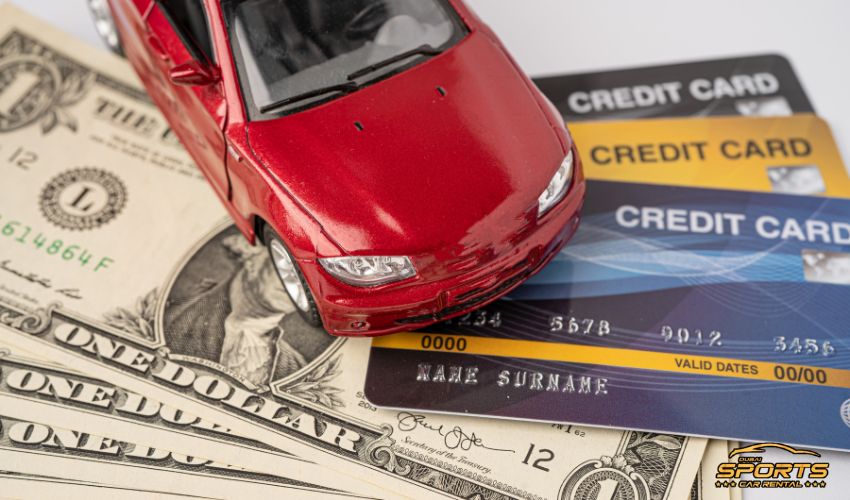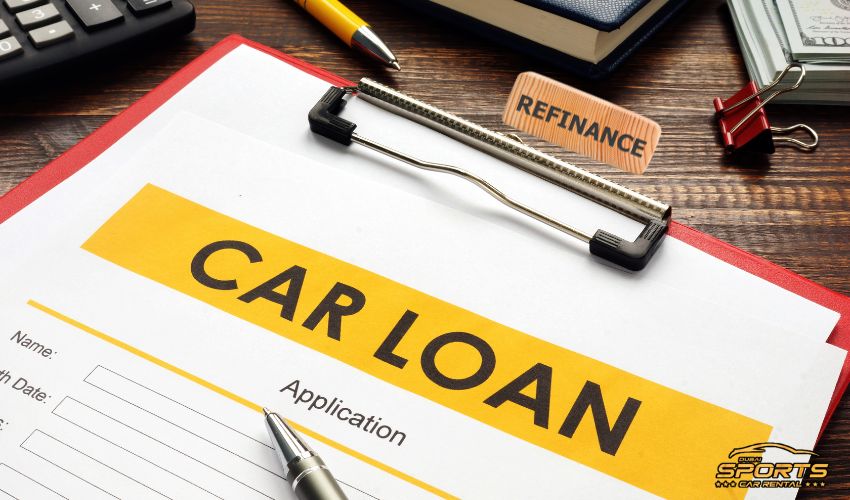How Car Loan Refinancing Actually Works
The process of refinancing a car loan is straightforward. You find a new lender, like a credit union, bank, or online finance company, that offers you a better deal than your current loan. If you are approved, this new lender sends the full payoff amount to your original lender, closing that account.
You then begin a new payment schedule with the new lender. Your car title, which lists the legal owner and any lienholders, gets updated to show the new lender as the lienholder.
The Real Reasons to Consider Refinancing
You should only refinance if it improves your financial position. Certain situations make refinancing a smart move.
- Your Credit Score Has Improved: A better credit score is the number one reason you might get a lower interest rate. If you have made consistent, on-time payments on all your debts for six to 12 months, your score has likely increased. A score increase from 650 to 720, for example, can unlock significantly better loan offers.
- Interest Rates Have Dropped: The economy affects loan rates. If overall interest rates have fallen since you first got your loan, you could qualify for a better rate even if your credit profile has not changed.
- You Have a High Dealer Interest Rate: Car dealership financing is convenient but often comes with higher interest rates. Dealers may mark up the rate offered by the bank to make a profit. It is wise to check refinance offers a few months after your purchase.
Calculating Your Break-Even Point: Will You Save Money?

A lower payment does not always mean you save money. If you extend your loan term, you could pay more in total interest. Before you proceed, calculate your break-even point.
Insider Tip: A good rule of thumb is that refinancing is worthwhile if you can lower your interest rate by at least two percentage points. According to a report from RateGenius, the average borrower who refinanced their auto loan reduced their interest rate by 5.6%.
Here is a simplified example:
| Loan Detail | Original Loan | Refinance Offer |
| Remaining Balance | $15,000 | $15,000 |
| Interest Rate (APR) | 8% | 5% |
| Remaining Term | 48 months | 36 months |
| Monthly Payment | ~$366 | ~$450 |
| Total Future Cost | $17,568 | $16,200 |
| Potential Savings | $1,368 |
In this case, even with a higher monthly payment, shortening the term saves a significant amount. Always account for any fees, such as origination or title transfer fees, which can range from $75 to $150. Subtract these fees from your potential savings to see your true net benefit.
Steps to Secure a Better Car Loan
Refinancing your auto loan involves a few clear steps.
- Check Your Credit: First, get your credit report and score. Lenders will use this to determine your eligibility and rate. You need to know where you stand before you apply. A score above 670 generally opens up more competitive offers.
- Gather Your Documents: Lenders require specific information. Have these items ready:
- Driver’s license and Social Security number
- Proof of income (recent pay stubs)
- Proof of residence (utility bill)
- Vehicle information (VIN, make, model, year, mileage)
- Current loan information (lender name, account number)
- Request a Payoff Quote: Contact your current lender for a 10-day payoff quote. This document shows the exact amount needed to close your loan, including any interest accrued up to that date.
- Compare Multiple Offers: Apply for pre-qualification with three to four lenders in a short period (about two weeks). This minimizes the impact on your credit score, as rating models often treat multiple inquiries for the same type of loan as a single event. Compare the Annual Percentage Rate (APR) and the loan term, not just the monthly payment.
- Finalize Your New Loan: Once you choose an offer, complete the formal application. The new lender will handle paying off the old loan. Confirm with your old lender that the account is closed and paid in full.
The Unspoken Risks of Refinancing

While often beneficial, refinancing carries risks you must consider.
- The Extended Term Trap: The most common pitfall is extending your loan term to get a lower monthly payment. A lower payment feels like a win, but a longer term means you pay more interest over the life of the loan. Your goal should be to lower the rate, not just the payment.
- Being “Upside-Down”: If you owe more on your loan than your car is worth, you have negative equity. Most lenders will not refinance an “upside-down” loan. You can check your car’s market value on sites like Kelley Blue Book.
- Prepayment Penalties: Some original loans include a penalty for paying off the loan early. Check your contract. A prepayment penalty could erase any savings from a new, lower interest rate.
A Final Thought
Many people focus only on the interest rate, but the loan-to-value (LTV) ratio is a critical factor for lenders that is often overlooked. Your LTV compares the amount you want to borrow against the car’s actual cash value.
If your LTV is over 125% (meaning you owe 25% more than the car is worth), you will likely be denied, even with great credit. Before you apply, calculate your LTV. If it is high, paying down your loan balance for a few more months could be the key to getting approved for a much better deal.
Also Read: Is it Better to have a Car Totaled or Repaired
Frequently Asked Questions (FAQs)
How does refinancing affect my credit score?
Refinancing a car loan causes a small, temporary dip in your credit score. This happens because lenders perform a hard inquiry on your credit. However, if you make all your applications within a 14-day window, credit bureaus typically count them as one. A consistent record of on-time payments on the new loan will help your score recover and likely improve it over time.
When is it a bad idea to refinance my car loan?
Avoid refinancing if your current loan has a prepayment penalty that cancels out your potential savings. It is also not a good idea if you are “upside-down,” meaning you owe more than the car is worth. Finally, if you have less than a year or two left on your loan, the savings on interest may not be worth the effort.
Can I refinance if I have bad credit?
Yes, it is possible, but it may be difficult to secure a lower interest rate. Some lenders specialize in loans for borrowers with poor credit, but the rates will be higher. If your goal is to lower your monthly payment, you might have to accept a longer loan term, which could increase the total interest you pay. Improving your credit score first is a better strategy.



